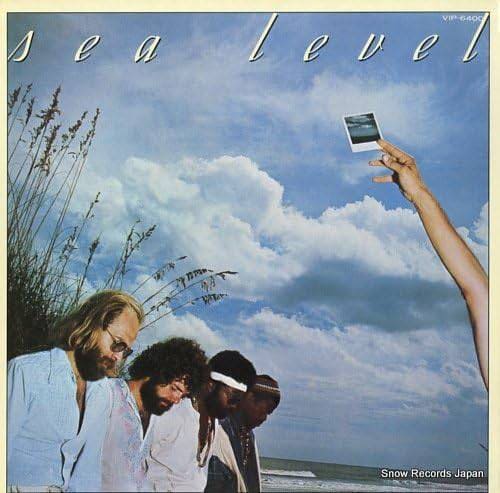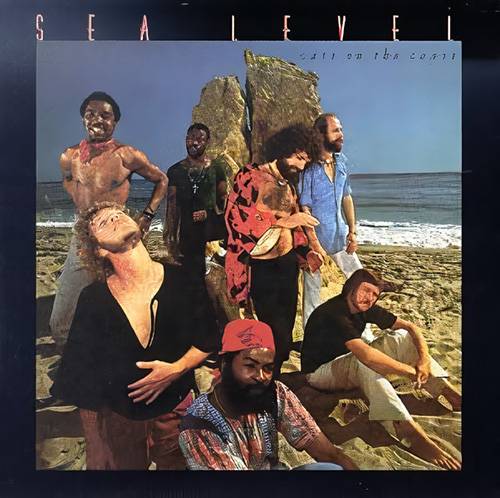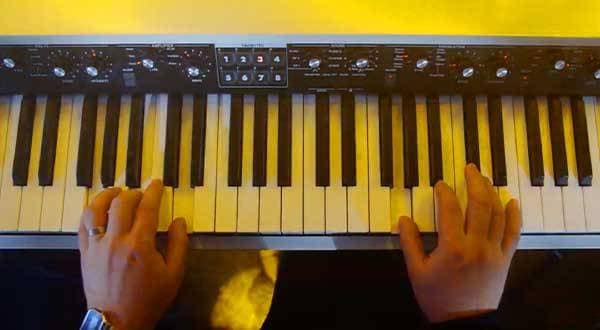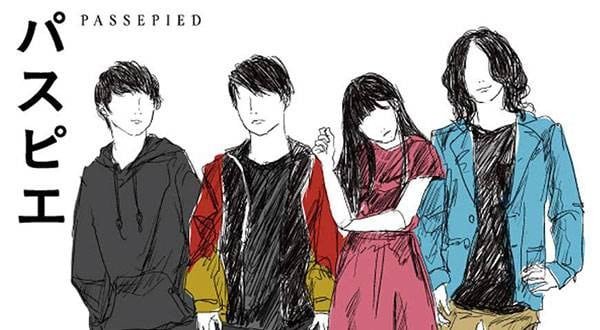Recently, the Rolling Stones released their new album Hackney Diamonds with great fanfare. As a long-standing rock band powerhouse, the Stones continue to lead the way, consistently delivering music of exceptional quality even today.
Their sound remains as brilliant as ever, even after the passing of drummer Charlie Watts.
The Rolling Stones are supported by three incredibly talented members. On bass, there’s Darryl Jones, who hails from the bands of Miles Davis and the jazz fusion group Steps Ahead. On drums, they have the outstanding Steve Jordan, formerly of the 24th Street Band. These are truly world-class musicians.
The Rolling Stones' Behind-the-Scenes Musical Director: Chuck Leavell!
Let’s not forget the pianist, an essential element of rock 'n' roll. The acoustic piano, integral to their sound, is played by Chuck Leavell, formerly of the Allman Brothers Band. The Rolling Stones have had a history of remarkable pianists, including Ian Stewart and Nicky Hopkins, who were beloved by the band. Chuck Leavell is no exception, proving himself to be an outstanding pianist in his own right.
Known as the Rolling Stones’ musical director, Leavell possesses an exceptional ability to view their music from a broad perspective. He first joined the Stones’ tour in 1982 and has played keyboards, primarily acoustic piano, on their albums starting with Undercover. Since then, he has remained a key support member into the 2000s, even collaborating on the solo projects of Mick Jagger, Keith Richards, and Ronnie Wood.
The reason Leavell is often referred to as their musical director can be traced back to his illustrious musical career, which began with the unique Southern fusion band Sea Level.
A Unique Fusion Band? Chuck Leavell, Leader of "Sea Level"
Sea Level was formed in 1976 as an offshoot of the Allman Brothers Band. Chuck Leavell had been the pianist for the Allman Brothers, the legendary Southern rock band led by Duane Allman.
After Duane Allman's passing, Leavell joined forces with fellow Allman Brothers members, including drummer Jai "Jaimoe" Johanny Johanson and bassist Lamar Williams, to create Sea Level. At the heart of this unique Southern fusion band was none other than Chuck Leavell himself.
A Band Shaped by the Tides of Change
The late 1970s marked a transformative period in music, with shifting trends bringing new genres to the forefront. Crossover music—where rock and jazz intertwined—was beginning to dominate the era.
Amid this movement, Sea Level pursued a unique sound, blending the Southern rock flavor of their roots with the sophisticated edge of crossover. Their music, often instrumental, heavily featured Chuck Leavell's keyboard work, creating a refined and polished style distinct from the Allman Brothers Band.
In this sense, Sea Level was a groundbreaking band.
■ Recommended Album: "Sea Level" (1977)

Sea Level’s first album showcased a groundbreaking fusion sound, blending Southern rock with jazz in fresh and innovative ways. With Chuck Leavell at the helm, the album heavily highlights his remarkable keyboard playing, allowing listeners to fully experience his artistry.
While clearly influenced by the Allman Brothers Band, the music on this album proudly asserts its own identity, reflecting the members' determination to forge a distinct path. Produced by Stewart Levine, known for his work with The Crusaders, the album naturally draws comparisons between the two bands, a connection appreciated by many fans.
The album’s cover art, featuring stylish and sophisticated artwork, also became a talking point, adding to its allure.
Recommended Track: "Rain in Spain"
The first time I heard this track was during my freshman year of college. A friend of mine, a piano major in the music department, had a small grand piano in their dimly lit apartment. He played the intro to "Rain in Spain" on that piano, and the impact was unforgettable. I later listened to the full record and was blown away—Sea Level instantly piqued my curiosity with their unique sound.
The song opens with an explosive, catchy acoustic piano riff that grabs your attention immediately. It’s a clear declaration of Chuck Leavell’s shift toward the crossover trend of the time. What follows is a groovy, dynamic piano solo that showcases Leavell's immense talent as a pianist.
However, when the guitar solo kicks in, it brings a slightly dissonant vibe that feels a bit out of place—something I’m sure others have noticed as well.
■ Recommended Album: "Cats on the Coast" (1977)

By adding session players like Randall Bramblett (saxophone), Davis Causey (guitar), and George Weaver (percussion), the second album developed into a richly colorful work. While the first album prominently featured Chuck’s piano and Jimmy’s guitar solos, the addition of horn players in the new lineup brought saxophone solos into the mix, giving the music a broader and more diverse appeal.
I feel the second album is their best work, as it showcases their crossover sound more vividly than the first album.
Recommended Track: "Storm Warning"
This track aligns with the same direction as "Rain in Spain" from the first album. The acoustic piano introduction by Chuck Leavell is remarkable, offering a glimpse into his vision of "crossover" music.
In this piece, Chuck delivers a melodious acoustic piano solo, while later in the track, you can also enjoy a Minimoog solo. The Minimoog is subtly enhanced with portamento, and the VCO waveform utilizes a square wave. Additionally, Randall Bramblett's saxophone solo adds further depth, making this a captivating and thoroughly enjoyable track.
Featured Musicians, Albums, and Recommended Tracks:
- Artists: Chuck Leavell, The Rolling Stones, and more
- Albums: Sea Level, Cats on the Coast
- Recommended Tracks: "Rain in Spain," "Storm Warning"
The “sound & person” column is made up of contributions from you.
For details about contributing, click here.

















 自分にあったピアノを選ぼう!役立つピアノ用語集
自分にあったピアノを選ぼう!役立つピアノ用語集
 各メーカーの鍵盤比較
各メーカーの鍵盤比較
 まずは弾いてみよう!楽譜の読み方
まずは弾いてみよう!楽譜の読み方
 用途で選ぶ!鍵盤楽器の種類
用途で選ぶ!鍵盤楽器の種類
 キーボードスタートガイド
キーボードスタートガイド
 キーボード・ピアノ講座
キーボード・ピアノ講座















